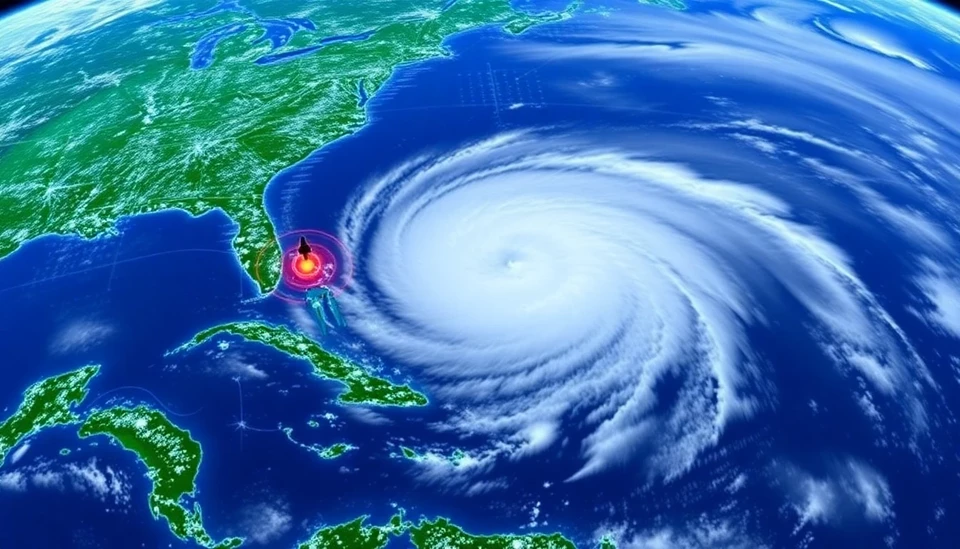
This past hurricane season has been a notable one, providing a wealth of lessons on resilience, preparedness, and environmental realities. As the season drew to a close, experts reflected on the profound impacts of climate change on the frequency and intensity of tropical storms. This year’s storms have demonstrated an alarming trend: the increasing strength of hurricanes and their capacity to cause unprecedented damage.
Forecasters were initially anxious about the 2024 season, predicting an above-average number of storms due to a combination of warmer ocean temperatures and shifts in atmospheric patterns. As the data unfolds, it becomes clear that this summer's heat has directly contributed to the development of stronger storms, leading to not only more frequent but also more intense hurricanes rippling through coastal areas.
This year, the Atlantic saw a record number of hurricanes, with several making landfall in densely populated areas, causing widespread disruption. Hurricane Lane was particularly devastating, impacting millions and leading to significant infrastructural damage. Analyses of Lane's path have shown a concerning correlation between storm trajectory and the impact of climate change, urging immediate attention from policymakers and communities alike.
One of the most critical questions that arose from this season is how to improve preparedness and response strategies in the face of such overwhelming natural disasters. Emergency teams and state governments are being challenged to rethink evacuation plans and resource allocations to better serve affected populations. Innovative technology is playing a pivotal role in these efforts, with real-time data analytics helping predict storm paths and assess risk levels more accurately than ever before.
Notably, the importance of resilience in urban planning has never been clearer. In some regions, retrofitting buildings to withstand high winds and floods is becoming a standard practice. As a response to this hurricane season, many city planners are looking at sustainable infrastructure options, such as elevated roads and improved drainage systems, to minimize future damage. International cooperation has also garnered attention—with countries sharing strategies and funding for disaster relief, highlighting the need for a collective approach to combat climate challenges.
Moreover, community engagement and public education around hurricane preparedness are vital aspects that have gained traction this year. Programs aimed at teaching residents about emergency kits, communication plans, and safety protocols have been implemented in various at-risk areas to bolster community resilience. The lessons learned from this hurricane season will shape the strategies and policies for years to come, as communities strive to safeguard themselves against the inevitable storms of the future.
As researchers continue to study the data, it becomes increasingly clear that climate adaptation strategies need to be at the forefront of both local and global planning. The tumultuous weather patterns of this hurricane season have served as a wake-up call, inspiring a renewed commitment to addressing the impacts of climate change before the next storm season begins.
In conclusion, the 2024 hurricane season has provided crucial insights into how communities, governments, and individuals can better prepare for future storms in our ever-changing climate landscape. While the devastation of this season cannot be understated, it opens dialogue on the importance of resilience, preparedness, and strategic planning in the face of an uncertain future.
#HurricaneSeason #ClimateChange #DisasterPreparedness #NaturalDisasters #CommunityResilience #SustainableInfrastructure #ClimateAdaptation #StormImpact
Author: Peter Collins




